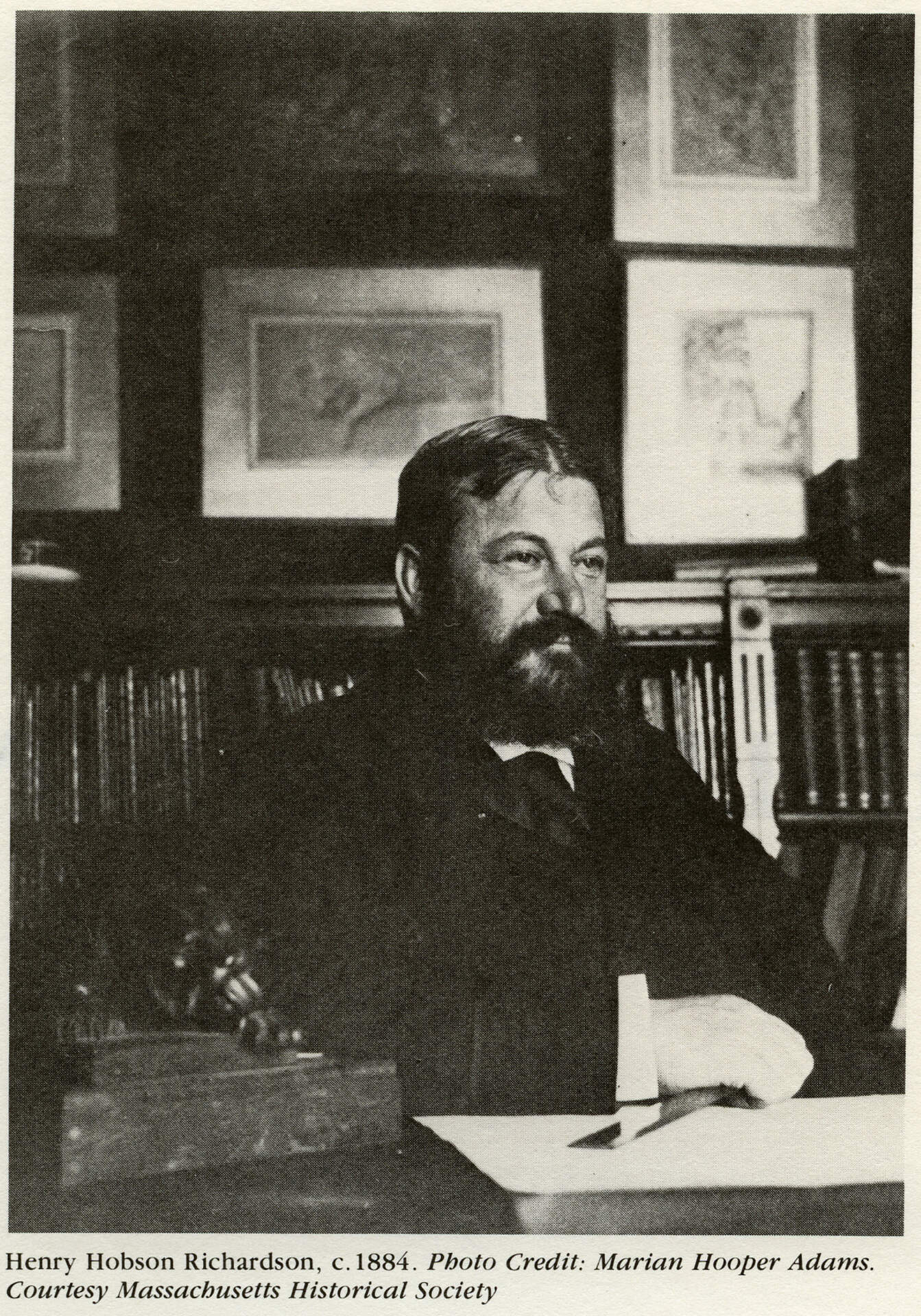
Marian Hooper Adams, Henry Hobson Richardson, reproduced for "Buffalo Projects: H.H. Richardson" exhibition program, c.1884; Image courtesy of the Massachusetts Historical Society & the Burchfield Penney Art Center Archives
Buffalo Projects: H.H. Richardson
Past
Oct 5, 1980 - Nov 30, 1980
Excerpt from press release:
"Henry Hobson Richardson (1838-1886) was the pre-eminent American architect of the 19th century, enormously influential to American as well as European architecture. Yet, while he was America's greatest Victorian architect and creator of the architectural style popularly termed "Richardson Romanesque", his unique contributions to the architectural histories of particular localities such as Buffalo, New York have rarely been studied and displayed. BUFFALO PROJECTS: H.H. RICHARDSON, an exhibition to be held at the Burchfield Center from 5 October through 30 November, focuses on the eight projects designed by Richardson for clients in Buffalo. Two of these, the Buffalo State Hospital (1870 et.seq.) and the William Dorsheimer House (1868), both still standing, were among the architects most important commissions. Spanning a period of eighteen years during the master architect's career, the eight Buffalo projects include five "structures" which were never erected but which exist as plans and/or drawings. These are: the Christ P.E. Church, 1869; the A.P. Nichols House, c.1870; the Trinity P.E. Church, 1872-73; the Buffalo Civil War Memorial (also known as "Soldiers and Sailors Memorial Arch), 1874-76; and the Young Men's Association Library, 1884. An eighth project, the William Henry Gratwick House (1886), constructed at 776 Delaware Avenue, Buffalo, was destroyed in the 1920's.
BUFFALO PROJECTS: H.H. RICHARDSON presents original drawings by Richardson and by Peter Elmslie, manager for the Buffalo State Hospital project, as well as photographs and photomechanical enlargements, in order to illustrate the local significance of this work and its relation to the general history and development of American architecture."